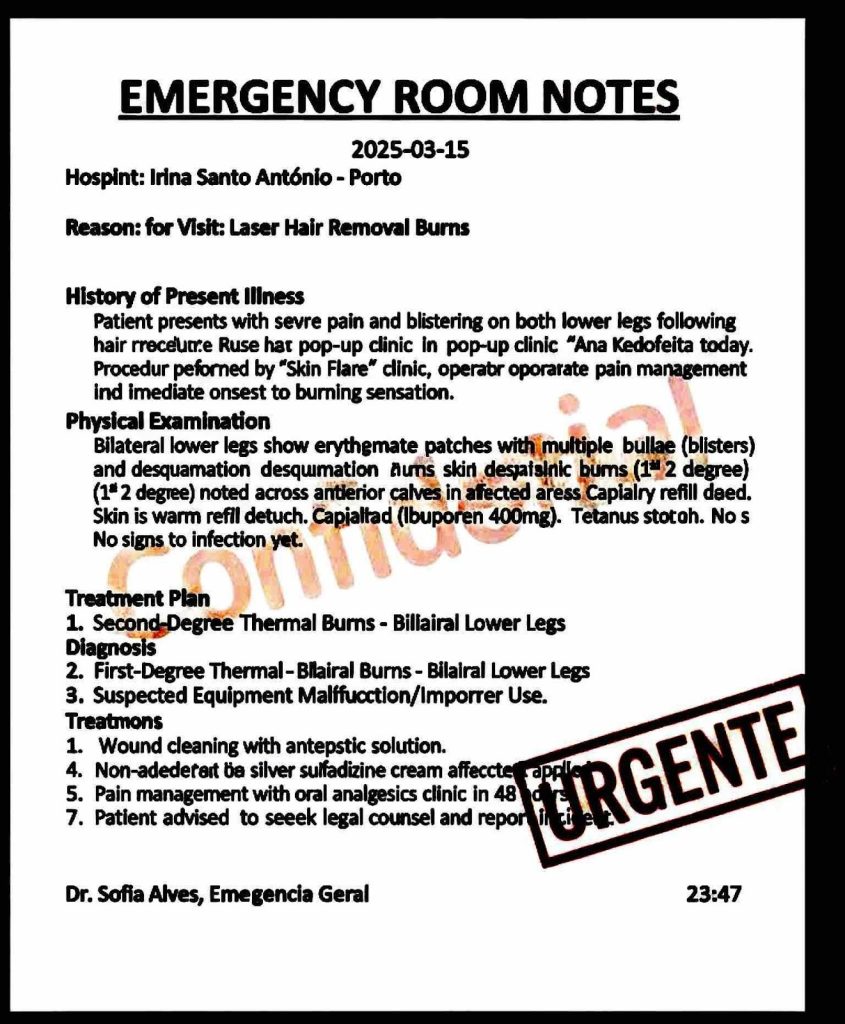6 Tips to Keep the Eyes Healthy Despite Prolonged Screen Time

In today’s digital age, our eyes are subjected to prolonged exposure to screens, whether it’s for work, entertainment, or socializing. This can lead to various eye issues, including digital eye strain, dry eyes, and even long-term vision problems. It’s crucial to adopt strategies that safeguard our vision. Here are 6 tips to keep the eyes healthy despite prolonged screen time.
1. Follow the 20-20-20 Rule
One of the simplest yet most effective methods to reduce eye strain is the 20-20-20 rule. This technique suggests that every 20 minutes, you should take a 20-second break and look at something 20 feet away. This exercise relaxes the eye muscles and reduces fatigue caused by continuous focusing on a screen. By incorporating this rule into your daily routine, you can significantly alleviate the symptoms of digital eye strain.
2. Adjust Screen Brightness and Contrast
Proper screen settings can make a substantial difference in reducing eye strain. Ensure that your screen brightness matches the lighting in your environment. If your screen is much brighter than the ambient light, your eyes have to work harder to adjust. Similarly, too little contrast can make it difficult to read text on the screen, causing additional strain. Adjust the contrast to a comfortable level where text is easily readable, and ensure that your screen is not too bright or too dim.
3. Use Artificial Tears
Prolonged screen time often leads to reduced blinking, which in turn causes dry eyes. To combat this, use artificial tears or lubricating eye drops to keep your eyes moist. These drops can provide immediate relief from dryness and irritation, promoting overall eye comfort. It’s essential to choose preservative-free eye drops if you plan to use them frequently to avoid any adverse reactions.
4. Optimize Your Workspace Ergonomics
Creating an ergonomic workspace is vital for eye health. Position your screen about an arm’s length away from your eyes and ensure that the top of the screen is at or just below eye level. This positioning helps reduce the strain on your neck and shoulders while maintaining a comfortable viewing angle. Additionally, use a document holder if you frequently refer to printed materials, keeping them at the same height and distance as your screen to minimize eye movement and strain.
5. Incorporate Eye Exercises
Regular eye exercises can help maintain and improve eye health. One effective exercise is palming. Rub your hands together to generate heat and then place your palms gently over your closed eyes. Hold this position for a few minutes, allowing your eyes to relax in the darkness and warmth. Another beneficial exercise is focusing on a distant object for a few seconds and then switching focus to a nearer object. Repeat this several times to strengthen the eye muscles and improve focus flexibility.
6. Maintain a Healthy Diet
Nutrition plays a crucial role in eye health. Consuming a diet rich in vitamins and minerals can help protect your eyes from strain and long-term damage. Foods high in omega-3 fatty acids, such as salmon and flaxseeds, can reduce dry eyes. Leafy greens like spinach and kale are packed with lutein and zeaxanthin, antioxidants that protect against harmful blue light emitted by screens. Additionally, vitamin A-rich foods like carrots and sweet potatoes support overall vision health. Incorporate a variety of these nutrient-dense foods into your diet to bolster your eye health.
Conclusion
In the era of ubiquitous screen usage, it is imperative to take proactive steps to protect our eyes. By following these 6 tips to keep the eyes healthy despite prolonged screen time, you can mitigate the adverse effects of digital eye strain and maintain optimal eye health. Implementing simple habits like the 20-20-20 rule, adjusting screen settings, using artificial tears, optimizing workspace ergonomics, incorporating eye exercises, and maintaining a healthy diet can make a significant difference in preserving your vision for years to come. Prioritize your eye health today to ensure a clear and comfortable tomorrow.





